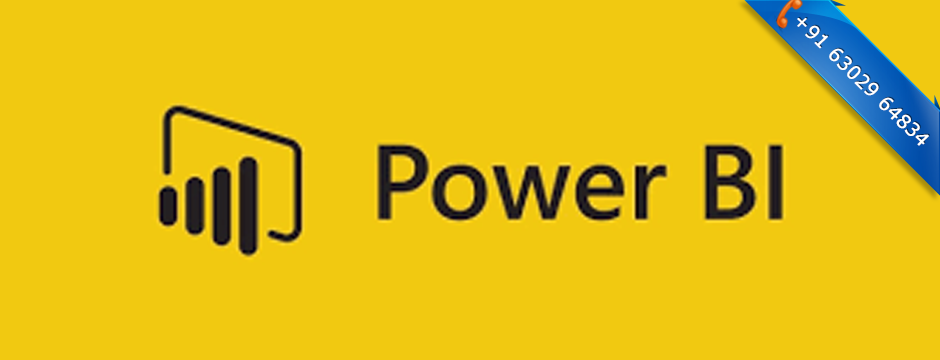Gain real-world skills from our trainers, who bring extensive experience from top multinational corporations. Their expertise ensures you receive industry-relevant training.
India's premier provider of Online training in cutting-edge technologies.





🎓 Eligibility: Any Graduates / Career Gap
👨🏫 Trainer (80+ Batches): Mr.Mansur (12+ Yrs) / Mr.Siva (12+ Yrs)
🌟 Offer: Valid only for 7 days
👨🏫 Group Training Fee: ₹24,000/-
➡️ Offer:
₹12,000/-
🧑💻 One-On-One Training Fee: ₹80,000/-
➡️ Offer:
₹40,000/-
📅 Duration: 4 Months Training
Microsoft SQL Server is a leading Relational Database Management System (RDBMS) in the Microsoft ecosystem, ideal for data storage and retrieval in both desktop and web applications.